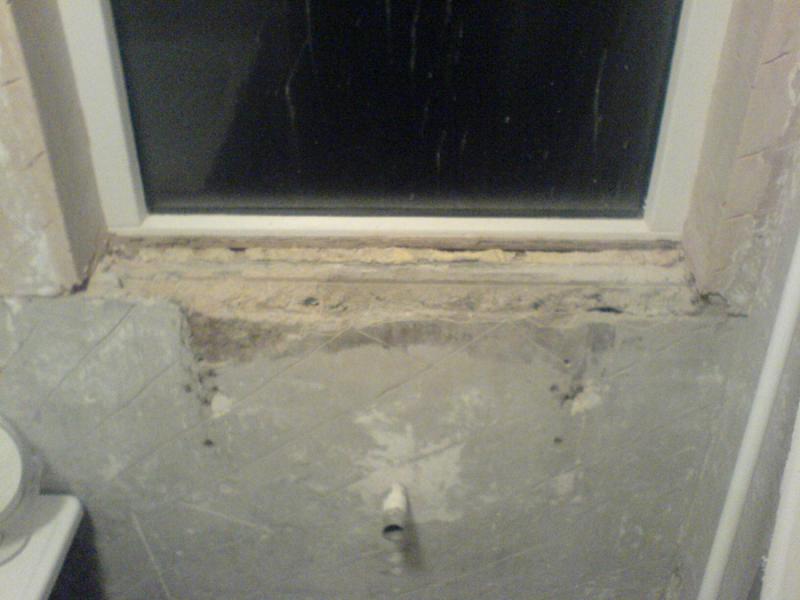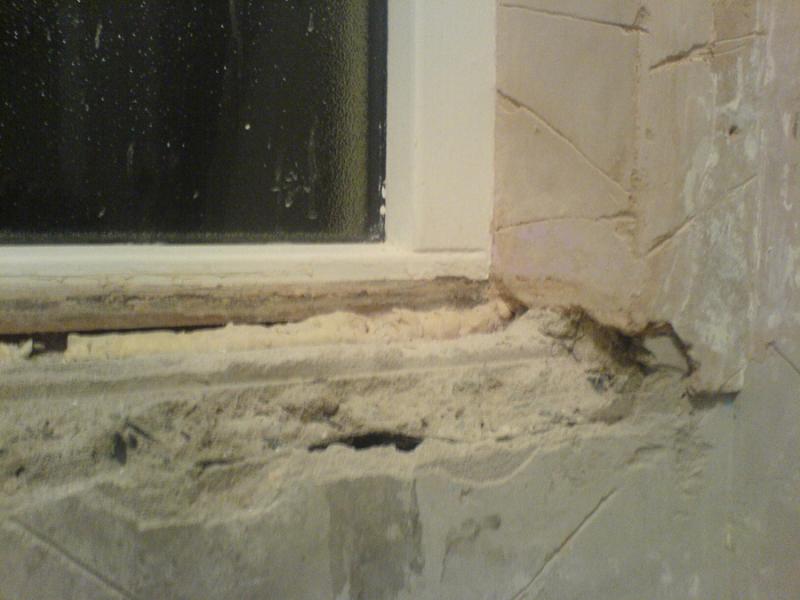Hi
I'm new to this forum, so please excuse me if the questions I ask have already been answered on this forum.
I have a bit of DIY plastering to do in my bathroom before I tile all the walls and floor, and I am looking for a bit of advice.
Basically, the previous owner of my house installed double glazed wooden framed windows and made a poor effort of re-plastering the wall. And when I removed a small number of tiles at the window fitted by the previous owner, half the window sill came away and the other half I removed myself because it was hollow underneath.
I will try and attach a few pictures to give you an idea of the problem.
I've never plastered before, and I was wondering what type of plaster would I need to use?
I know I need finishing plaster to skim it before tiling but I'm not sure what type of plaster to use first before skimming. ie bonding, browning etc. My friend has a half bag of bonding which he said he would give me, would that be ok to use?
Also do I need to PVA the wall/plaster at any stage?
I'm new to this forum, so please excuse me if the questions I ask have already been answered on this forum.
I have a bit of DIY plastering to do in my bathroom before I tile all the walls and floor, and I am looking for a bit of advice.
Basically, the previous owner of my house installed double glazed wooden framed windows and made a poor effort of re-plastering the wall. And when I removed a small number of tiles at the window fitted by the previous owner, half the window sill came away and the other half I removed myself because it was hollow underneath.
I will try and attach a few pictures to give you an idea of the problem.
I've never plastered before, and I was wondering what type of plaster would I need to use?
I know I need finishing plaster to skim it before tiling but I'm not sure what type of plaster to use first before skimming. ie bonding, browning etc. My friend has a half bag of bonding which he said he would give me, would that be ok to use?
Also do I need to PVA the wall/plaster at any stage?




